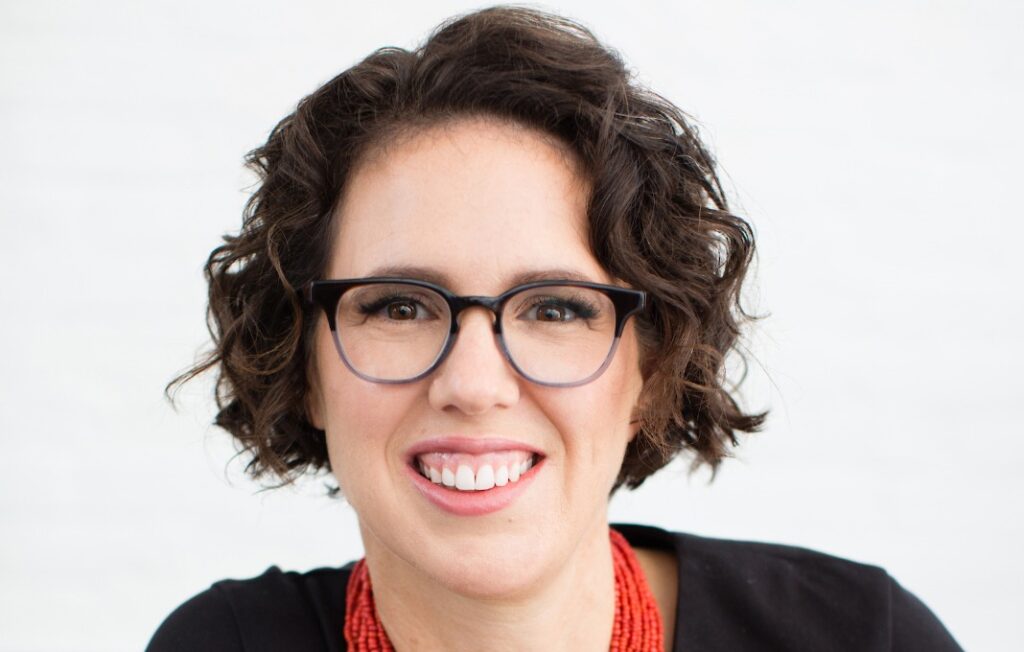Microcredentials are undoubtedly one of the hottest topics in higher education and corporate learning at the moment. The overall sentiment is pretty uniform: they are a good thing, they are here to stay and they have a lot of potential to shake up the system.
A microcredential is exactly what it sounds like. It’s a modular segment of a larger credential or degree that can often be stacked one on top of the other. From bootcamps to badges, these lower-cost, part-time, education modules enable students to quickly master a topic or skill and walk off with a credential that proves it.
Last summer, I was on a panel at EdTechX in London with Juergen Siebel, executive director, European Center for the Development of Vocational Training; Dr. Jo Angouri, professor of applied linguistics, The University of Warwick; and Mark Brown, professor at Dublin City University and director of Ireland’s National Institute for Digital Learning. It was a fantastic conversation and both the panelists and the audience agreed microcredentials can and must play a pivotal role in the future of education and the workplace. (That includes audience member Jamie Merisotis, head of the Lumina Foundation, which has championed microcredentials for years, and who knows more about microcredentials than most people I know.)
The data backs this up: the pandemic saw an increase in learners looking for alternatives to traditional degrees, with a 2021 Strada survey finding that 68 percent of learners prefer non degree programs—compared to 50 percent who preferred them before the pandemic. What’s more, the stacking of alternative credentials is a powerful tool in driving increased attainment of traditional undergraduate degrees, powering a 1.1% increase this year. It may sound small, but it’s a massive step toward a new reality.
For universities, microcredentials mark an important and necessary innovation both in terms of creating accessible pathways for learners to gain knowledge and skills and in creating an entirely new reality for higher education systems—one where degrees can be broken down and stacked into and on top of each other, creating more opportunity for learners and more collaboration for universities.
For example, since it launched in 2019, over 200 students have graduated from Southern Methodist University’s (SMU) data science boot camps. With a new credit waiver launched this past spring, learners not only walk away with the skills, knowledge and credentials needed to break into entry-level tech careers, they also receive credit they can apply toward a Masters in Data Science should they wish to take that path now, or later.
It’s worth noting that learners often feel the path to a full degree is more obtainable after earning a microcredential. It’s a confidence building on-ramp to taking the full leap into a degree. Since edX and MIT launched their first microcredential in 2016, the MicroMasters program credential, more than 13,000 learners have earned one. Currently, more than 6 million learners are enrolled in a course that is part of a microcredential on edX.
With microcredentials gaining exciting ground in the halls of academia, we now turn to the next big milestone – breaking into the corporate world. Let’s start with the data. There is an increasing trend toward companies—General Motors for example—eliminating a Bachelor’s degree as a requirement for jobs. Microcredentials can help bridge the gap between the traditional gold standard of the academic world (the Bachelor’s degree) and the new demands of today’s workplace (on demand, in demand skills).
The industry is making great strides toward adoption. Companies at the forefront of microcredential adoption are using them to bridge talent gaps and create opportunities for learners who are oftentimes left behind by the high barriers to access that traditional education presents. Just a few examples include:
- IBM launched a MicroBachelors program in cloud application development, delivering on what learners and employers want: in-demand skills development for entry-level full stack cloud developer roles and industry-backed credentials that offer college credit.
- Netflix has established an incredible program powered by microcredentials—the Netflix Pathways Bootcamp. This initiative is designed to bring higher ed and industry together to help increase diversity in tech through innovative online skills training and mentorship.
- Amazon Web Services (AWS) has also embraced the move toward microcredentials, creating an AWS course certificate on Building Modern Python Applications that they made available on edX for anyone looking to gain certification in their technology.
- Most recently, edX, in partnership withMeta, launched Spark Augmented Reality (AR) courses that will support Meta Immersive Learning’s mission to build a learning ecosystem for the metaverse and give professionals broader access to the tools and education needed to build a career in augmented reality. Partnerships like these are absolutely crucial if microcredentials are to truly take off.
For real and impactful change to happen, there has to be adoption on both the academic and corporate side. Higher education must continue to build microcredentials that offer learners, both traditional and nontraditional, access to educational opportunities that meet them where they are. And corporations must continue to recognize and champion the value of microcredentials to demonstrate employees’ qualifications.








